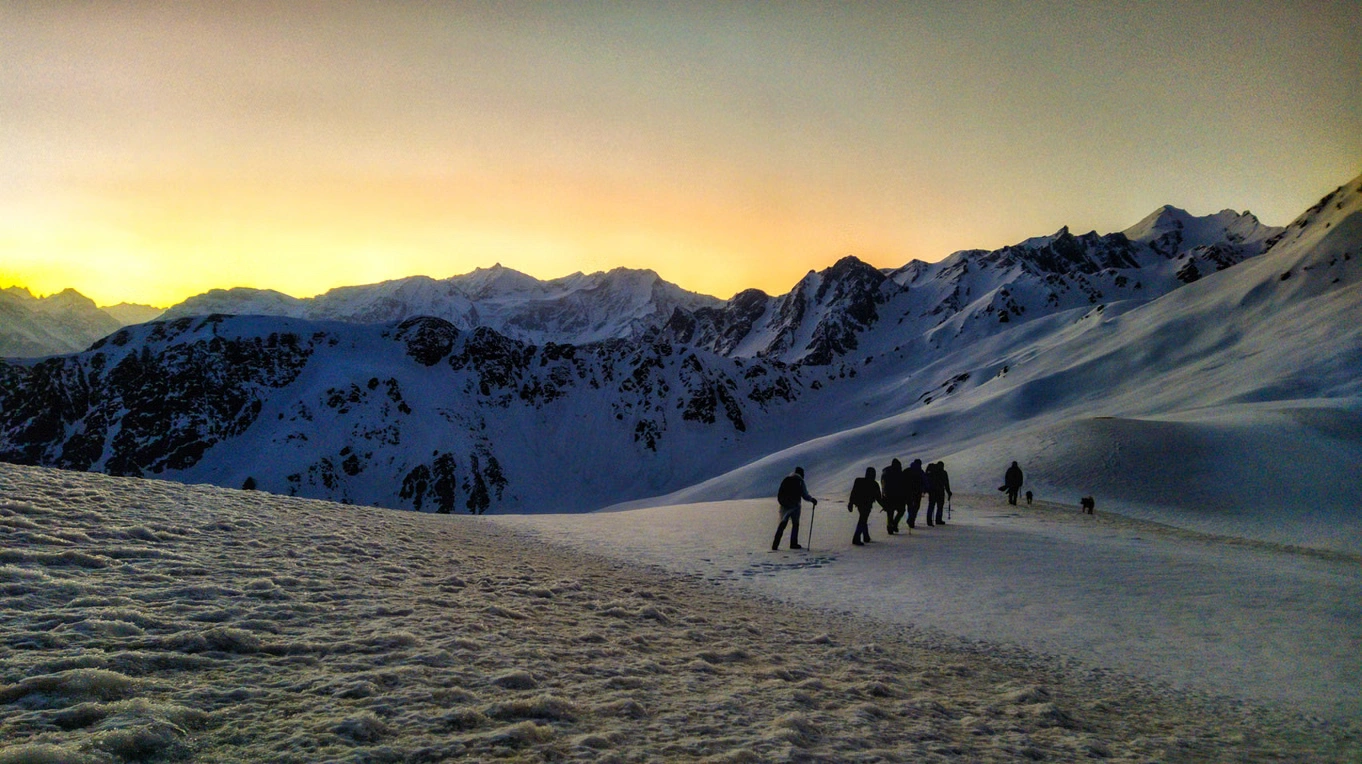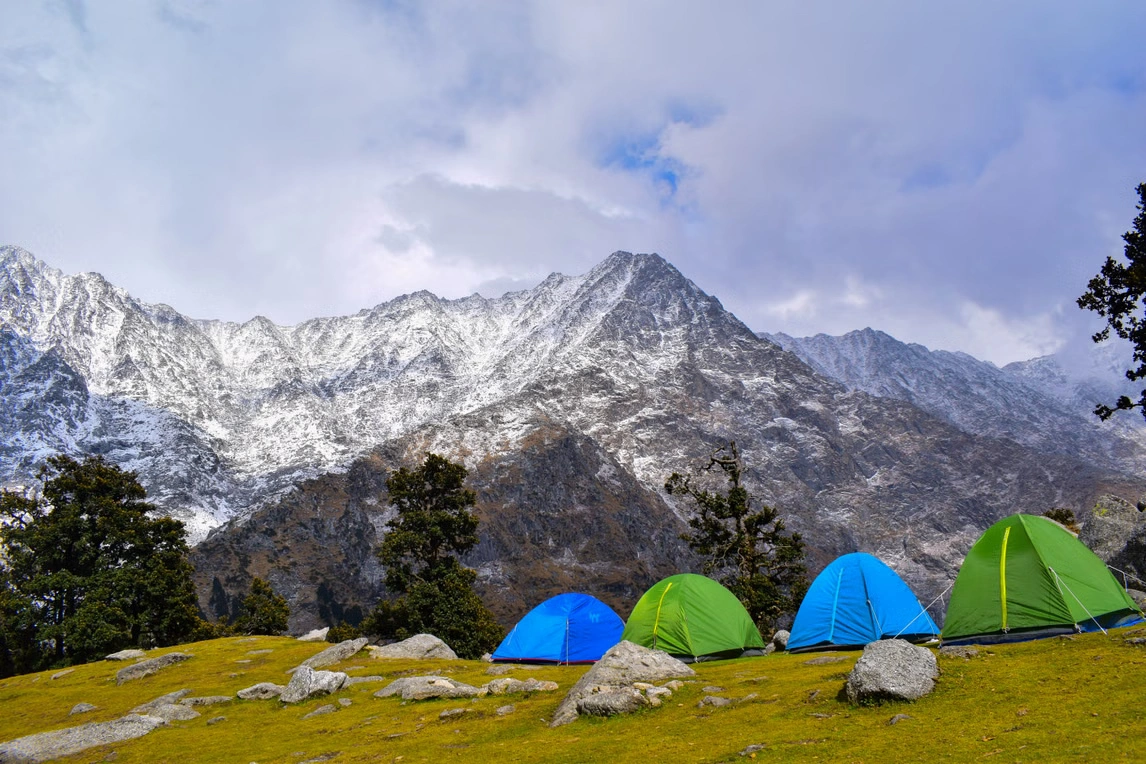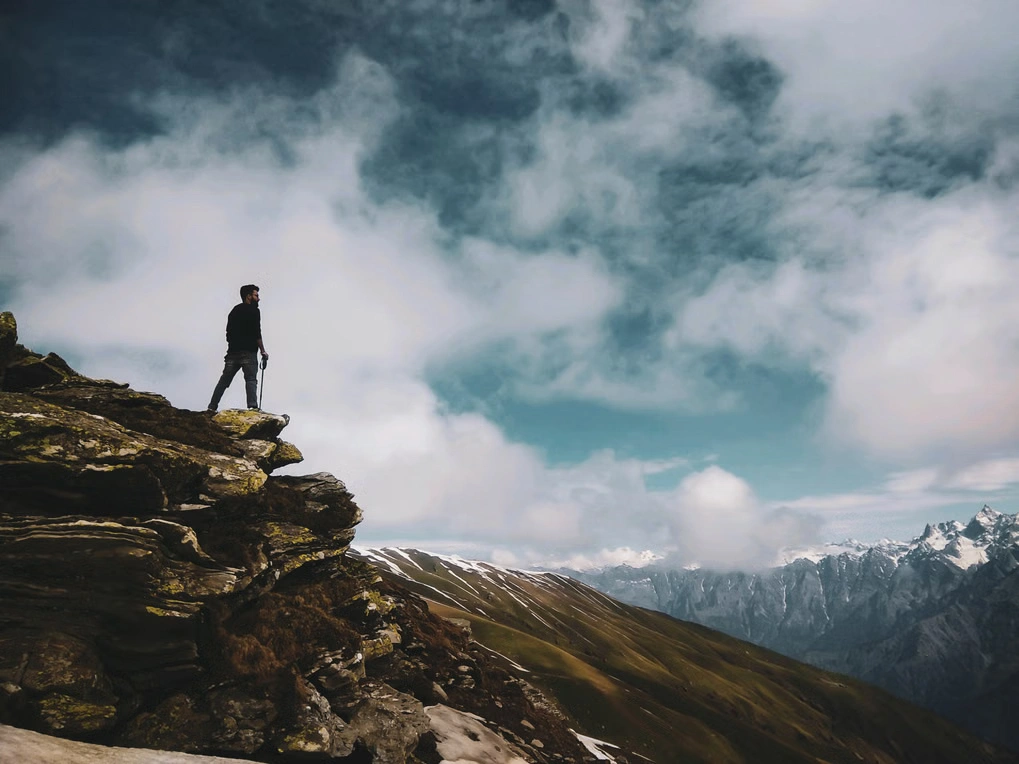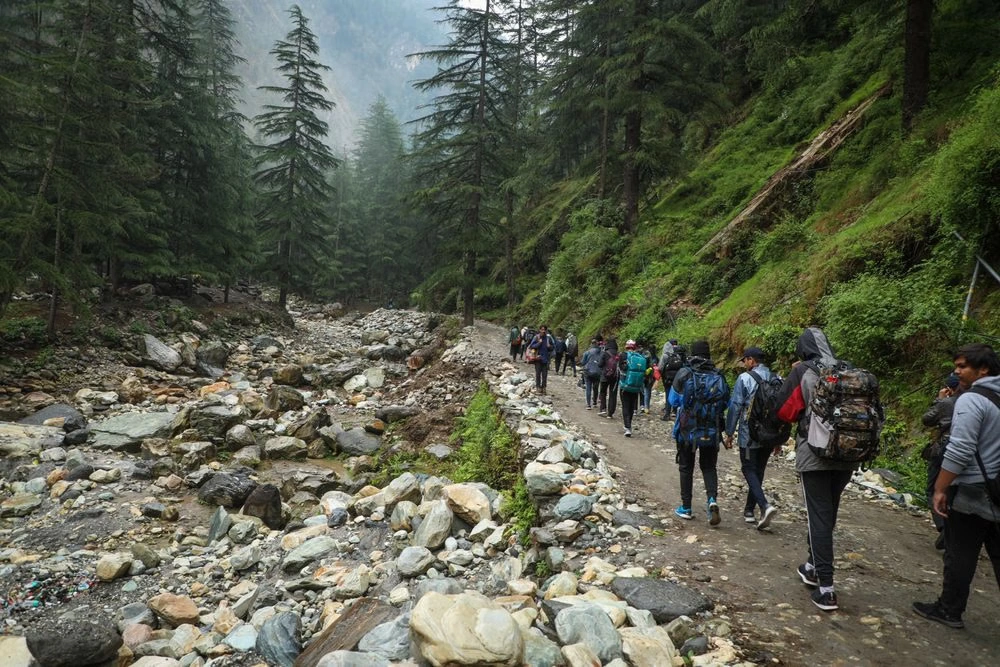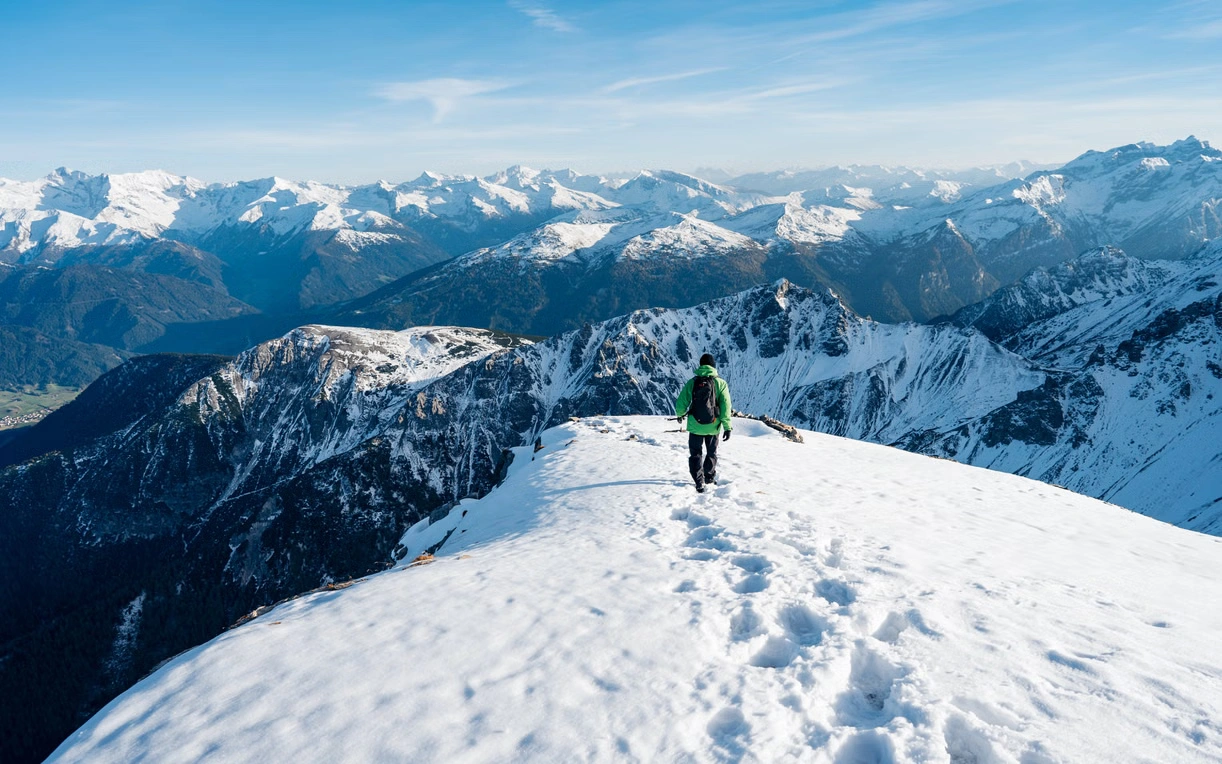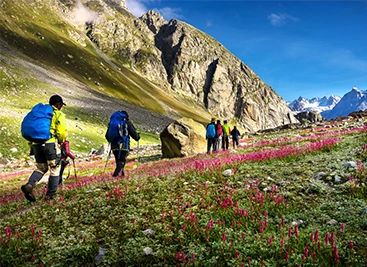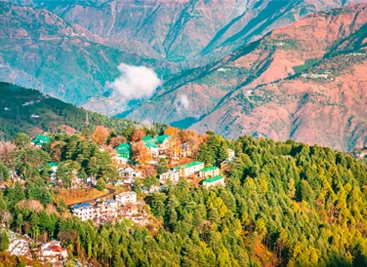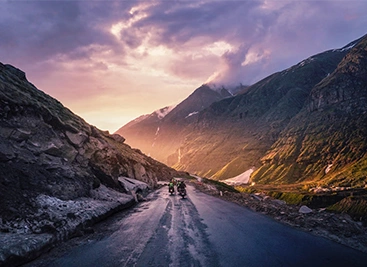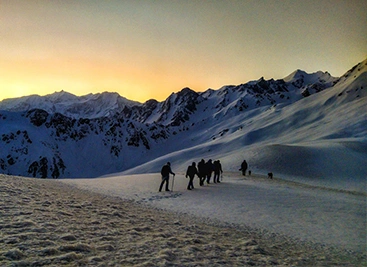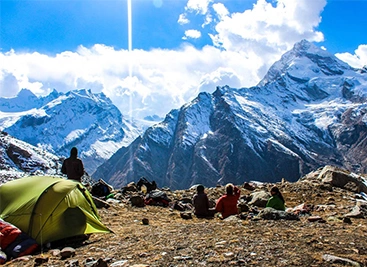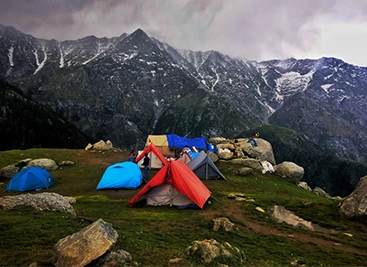The best season for Sar Pass Trek is from April to mid-July, when the Himalayas open up in all their glory. In spring, the trail is decorated with rhododendron blooms and lush green valleys. By early summer, you’ll still find snow at higher altitudes, especially near the pass.
During monsoon (late June–July), the trek is still possible but comes with challenges—slippery trails, chances of landslides, and unpredictable rain. Winter trekking isn’t possible here, as the route is completely blocked by heavy snowfall.
The cost for Sar Pass Trek typically ranges between ₹5,000 and ₹9,000 per person depending on the operator, package inclusions, and duration. At Trivikal, our packages include accommodation, all meals, experienced trek leaders, safety gear, forest permits, and logistical support—so you get a transparent, all-inclusive price with no surprise costs.
The weather on the Sar Pass trail is crisp and refreshing during the trekking months. Day temperatures hover between 15°C to 22°C, while nights can dip to 0°C or even -5°C at higher camps.
Spring and summer bring pleasant conditions, but in monsoon, expect heavy rainfall in the lower sections and snow in upper stretches. Winter months (November–March) are too harsh and remain closed for trekking.
The Sar Pass trekking distance is roughly 48 km, spread over 5 days, starting and ending at Kasol. You’ll climb to a maximum altitude of 13,800 ft, crossing dense pine forests, alpine meadows, snowy ridges, and remote villages along the way.
The Sar Pass Trek difficulty level is considered Easy to Moderate, making it ideal for beginners with decent fitness levels. While no prior trekking experience is required, you will face steep ascents and descents, plus thinner oxygen levels above 12,000 ft.
We recommend following a basic fitness routine—walking, cardio, and light strength training—at least 3–4 weeks before your trek to ensure your body adapts well.
